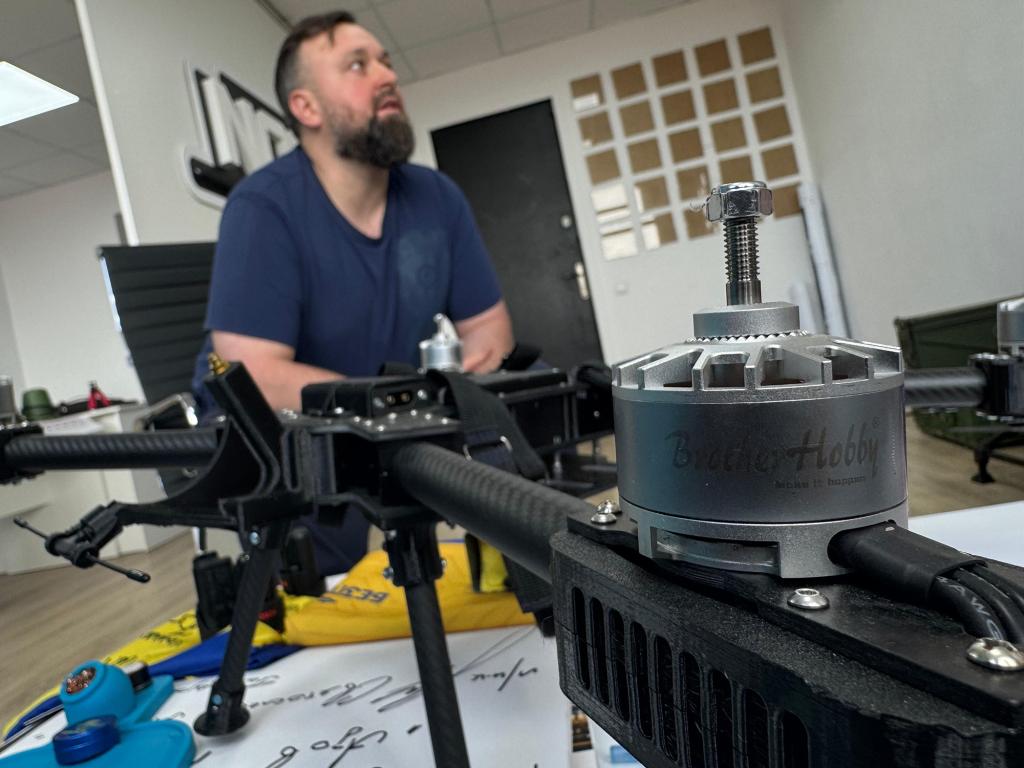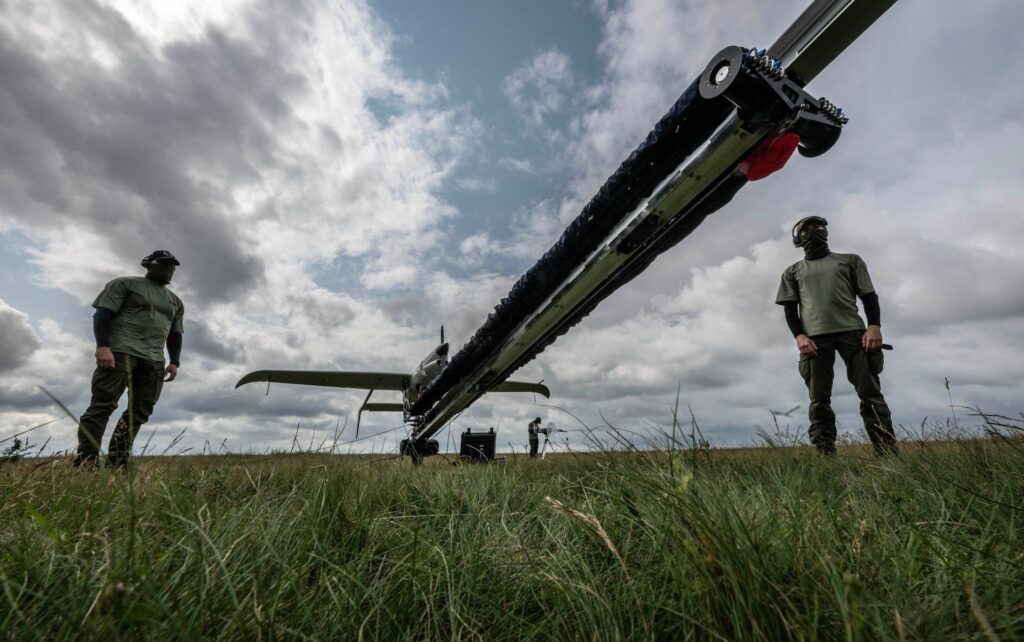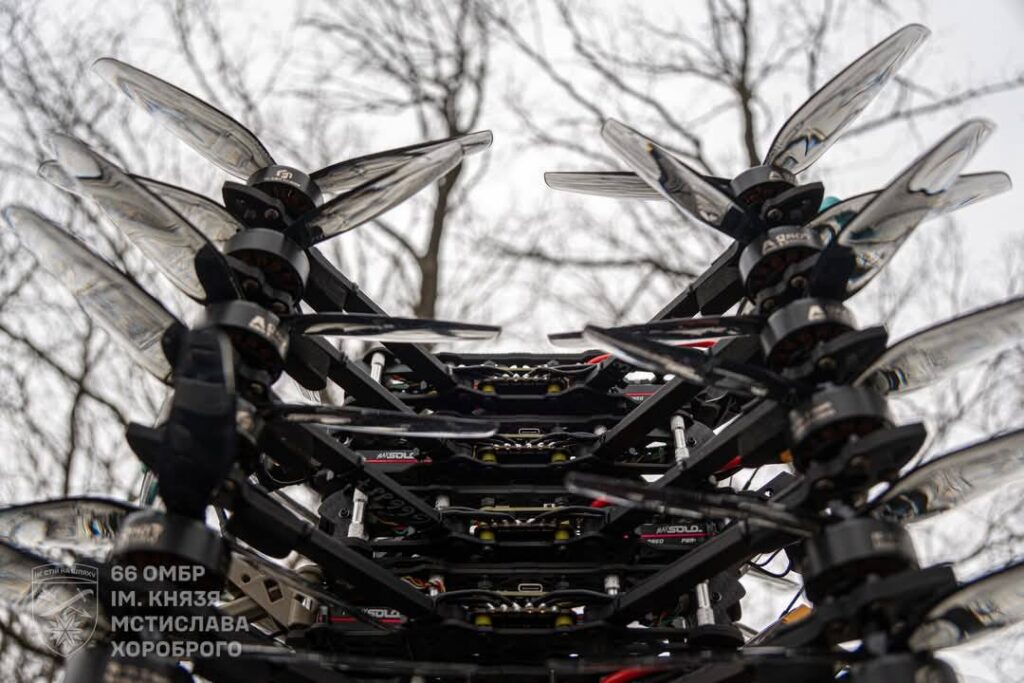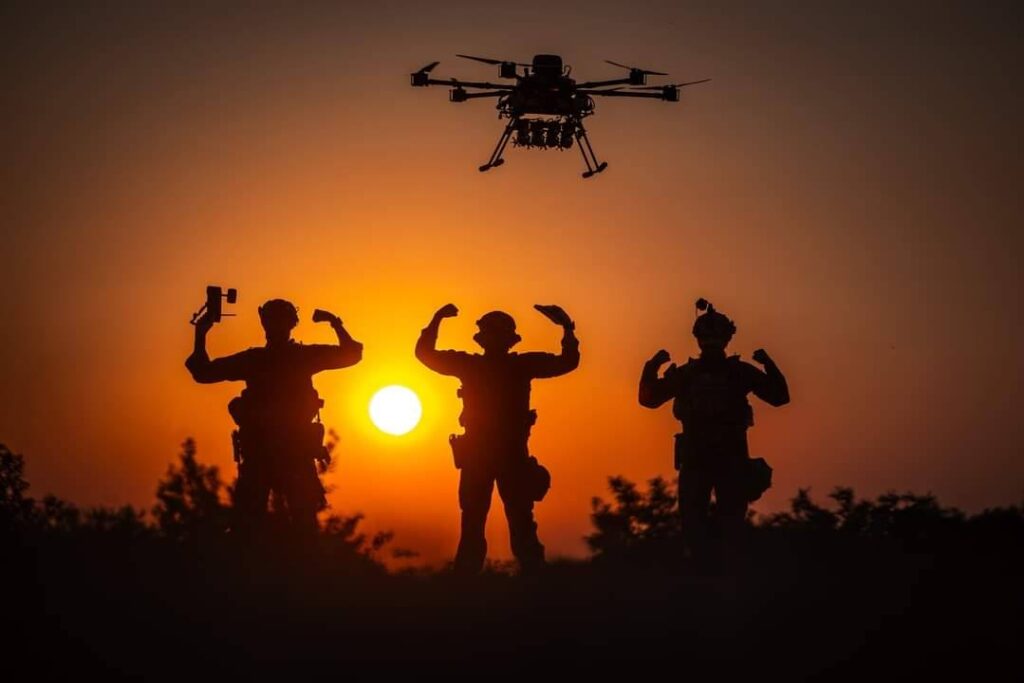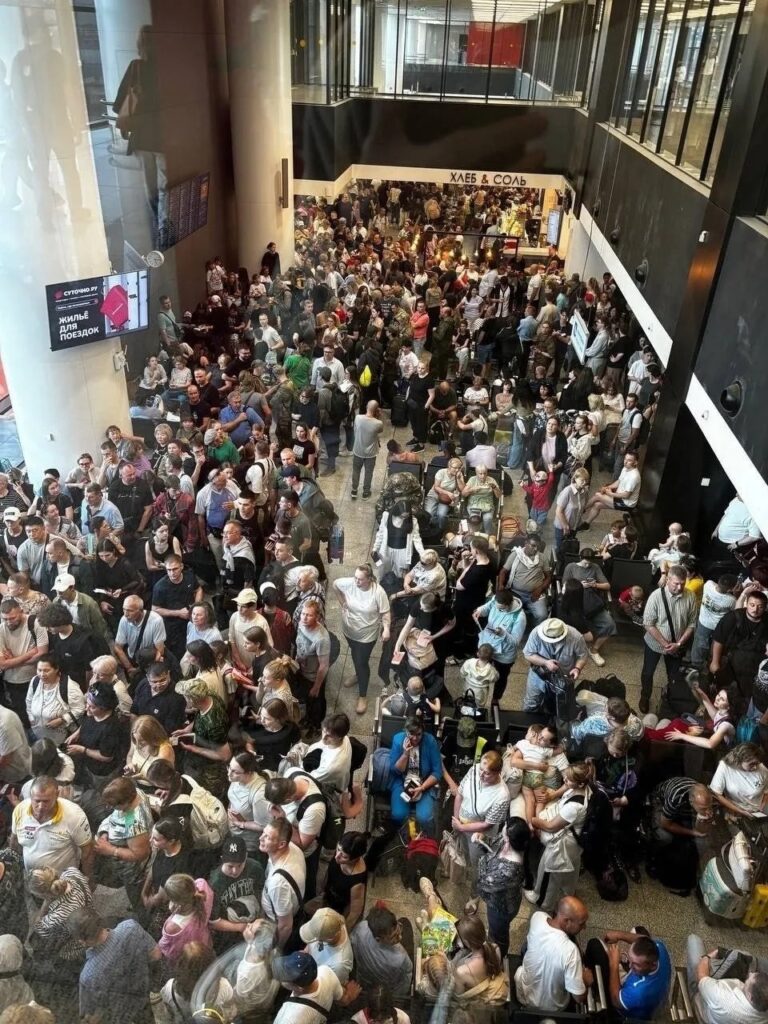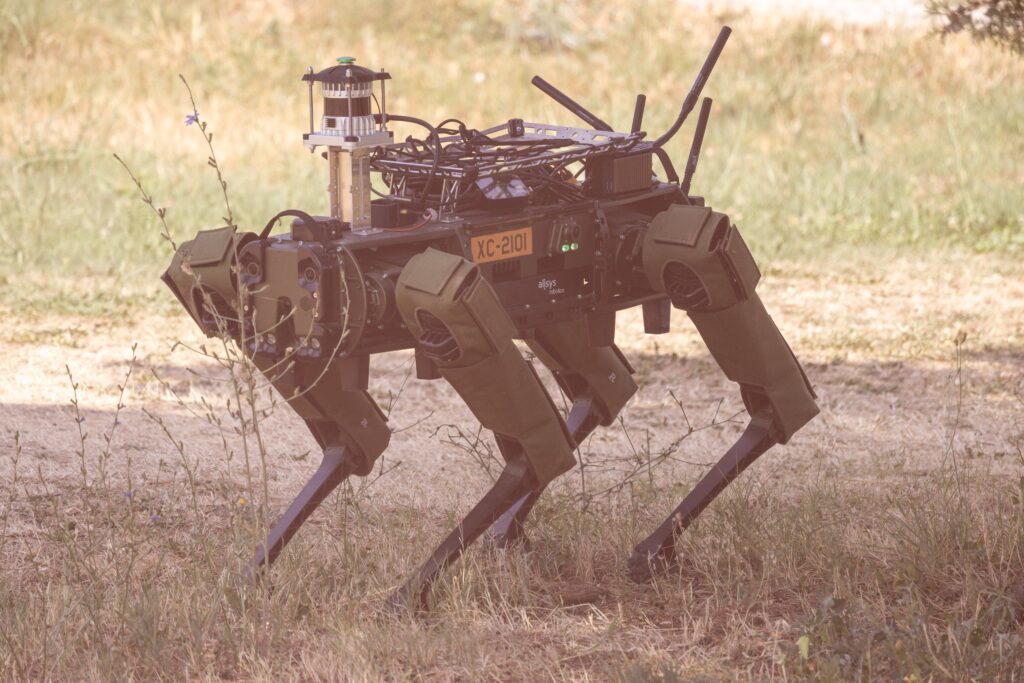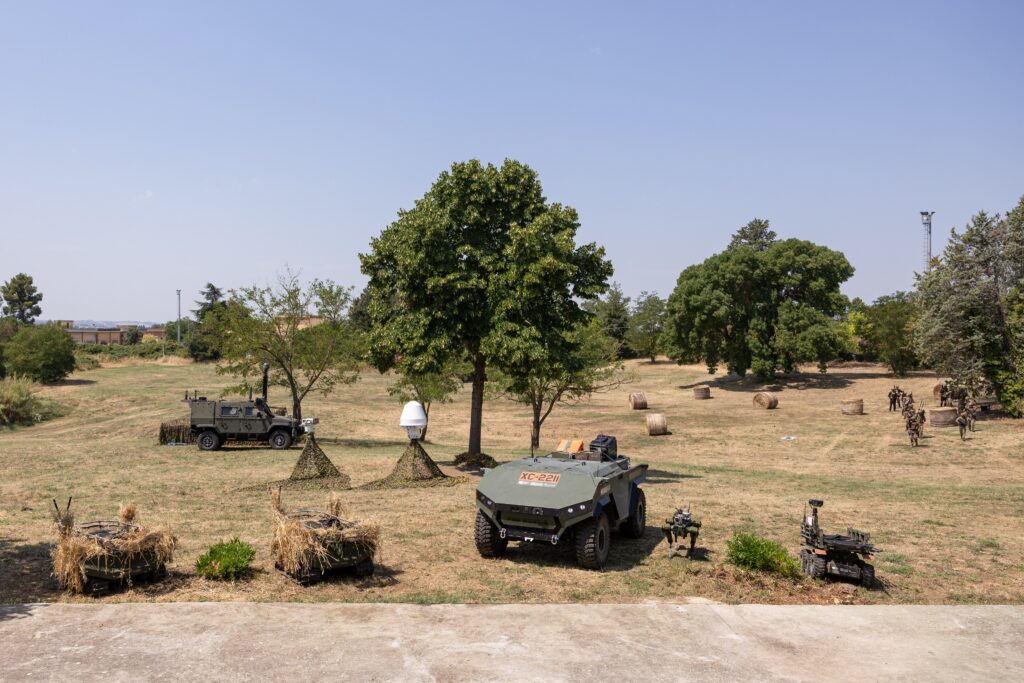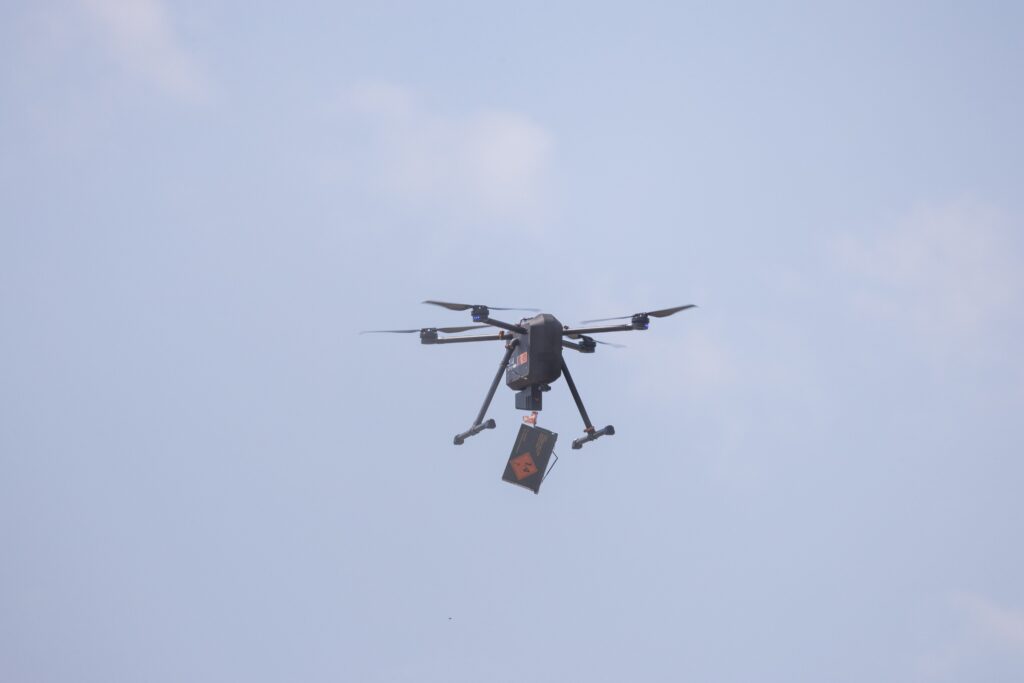Russia cancels main naval parade after losing 33% of Black Sea Fleet in Ukrainian drone strikes
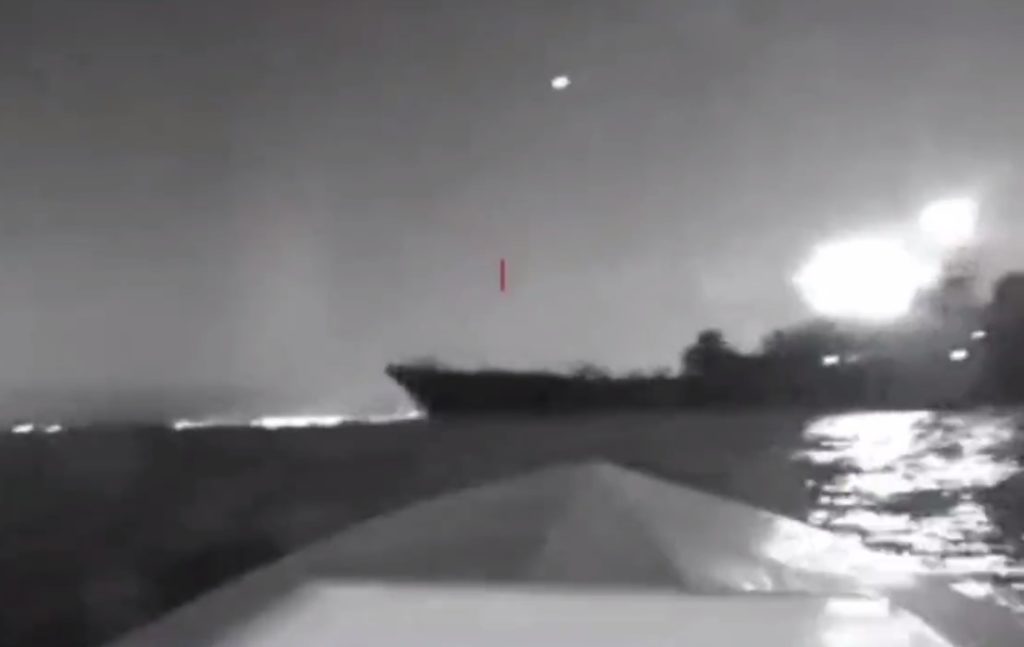
Russia has canceled its main naval parade of the year. Saint Petersburg has suspended the event scheduled for 27 July 27 in Saint Petersburg, the Center for Countering Disinformation under Ukraine’s National Security and Defense Council reports.
Since 2022, Ukraine has destroyed approximately 33% of the combat ships of Russia’s Black Sea Fleet. This includes about 24 ships. The most painful loss was the sinking ofthe cruiser Moskva, the flagship of the Russian fleet. In 2022, it struck Ukraine’s Zmiinyi (Snake) Island after Ukrainian border guards refused to surrender, famously declaring: “Russian warship, go f*** yourself!”
Symbols of power disappear
Due to the cancellation, the traditional passage of ships along the Neva River will not take place, and the salute from the Peter and Paul Fortress will remain a memory this year.
The Center for Countering Disinformation claims, “The Kremlin can no longer pretend that the war does not affect the Russian rear. The war impacts all spheres of life in Russia, even symbolic and loud events like the naval parade.”
Russian ships don’t feel safe even in their own ports
The parade cancellation may be linked to the military leadership’s fears due to real losses suffered by the fleet. An event meant to demonstrate Russia’s power now risks having the opposite effect, causing discouragement and fear.
Against this backdrop, the decision to scrap and send Russia’s only aircraft carrier, Admiral Kuznetsov, to the scrapyard is particularly telling, further highlighting the problems of the Russian fleet.
Read also
-
“Kill a navy for the price of a car”: Ukraine’s drones drove out Putin’s fleet from the Black Sea — then turned on his fighter jets
-
ISW: Russia wants to modernize army for long war with Ukraine and possible NATO confrontation
-
Ukraine catches Chinese spies trying to steal secrets of missile that sank Russia’s flagship

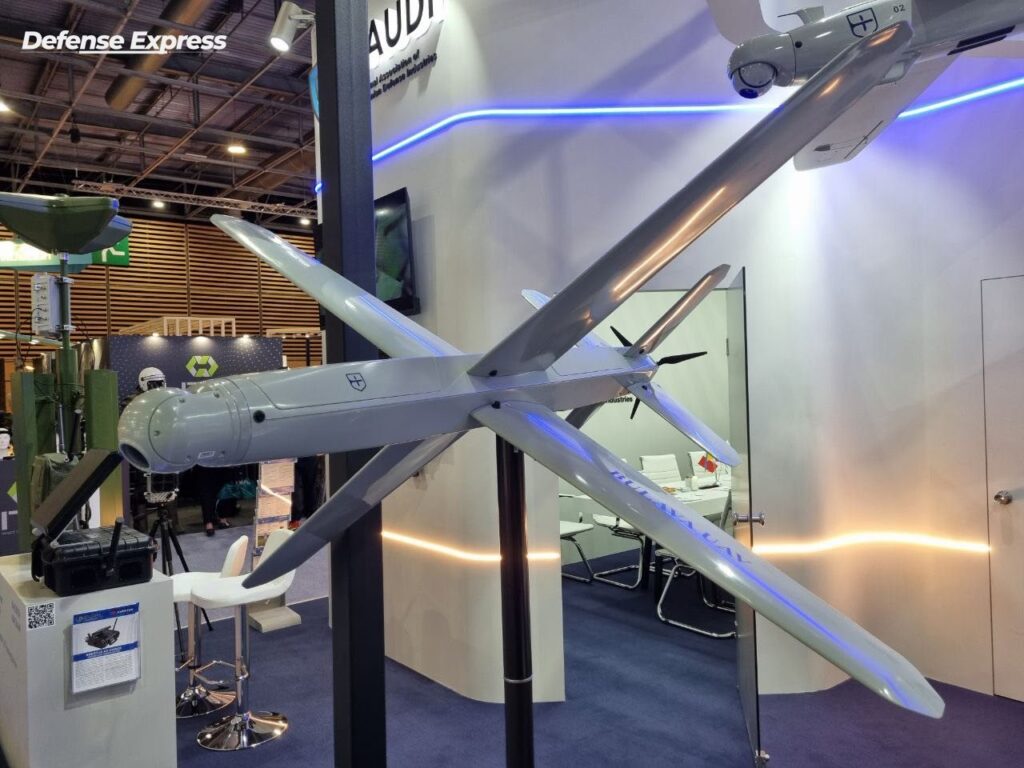

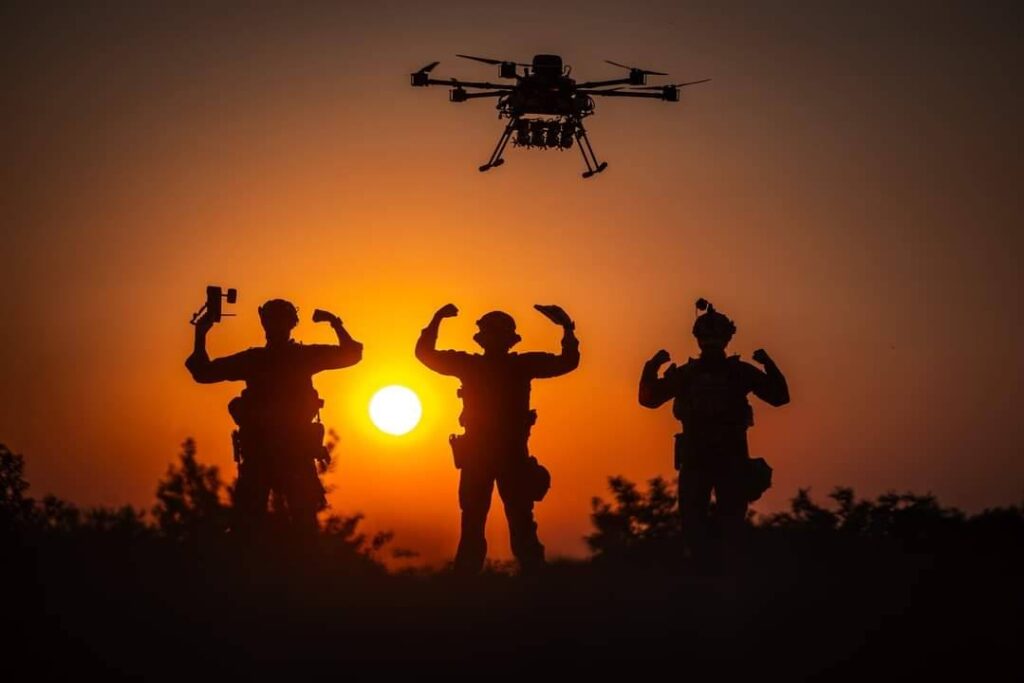
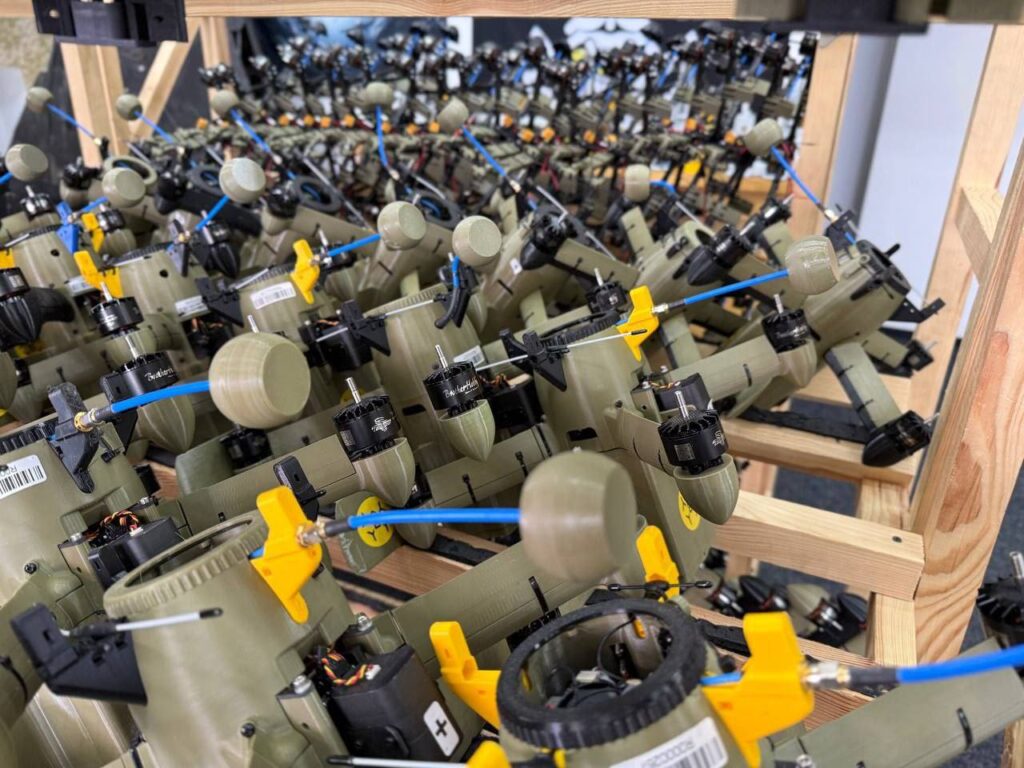

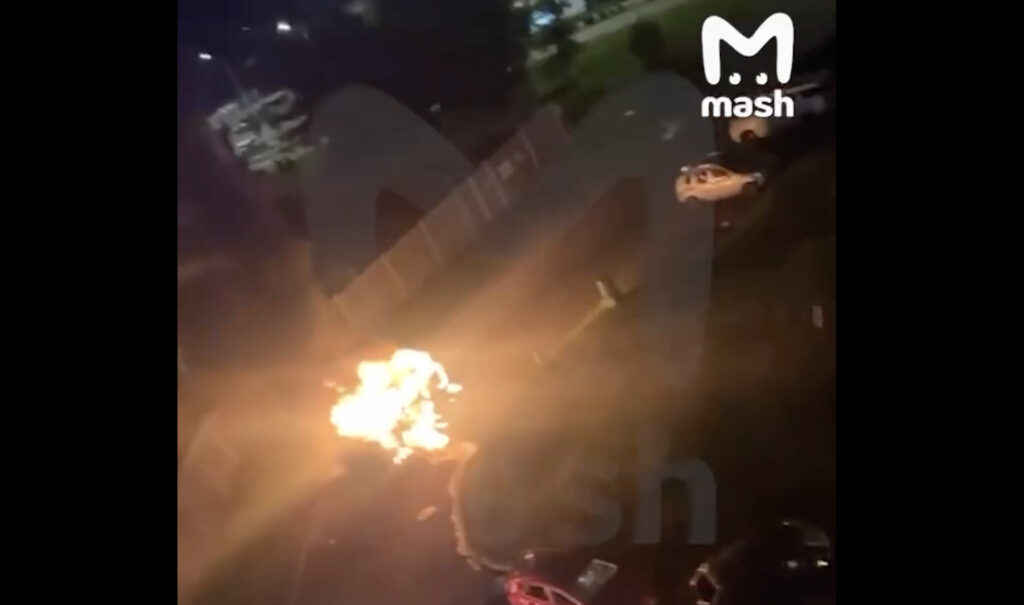
 98 drones intercepted in total across 8 regions.
98 drones intercepted in total across 8 regions.